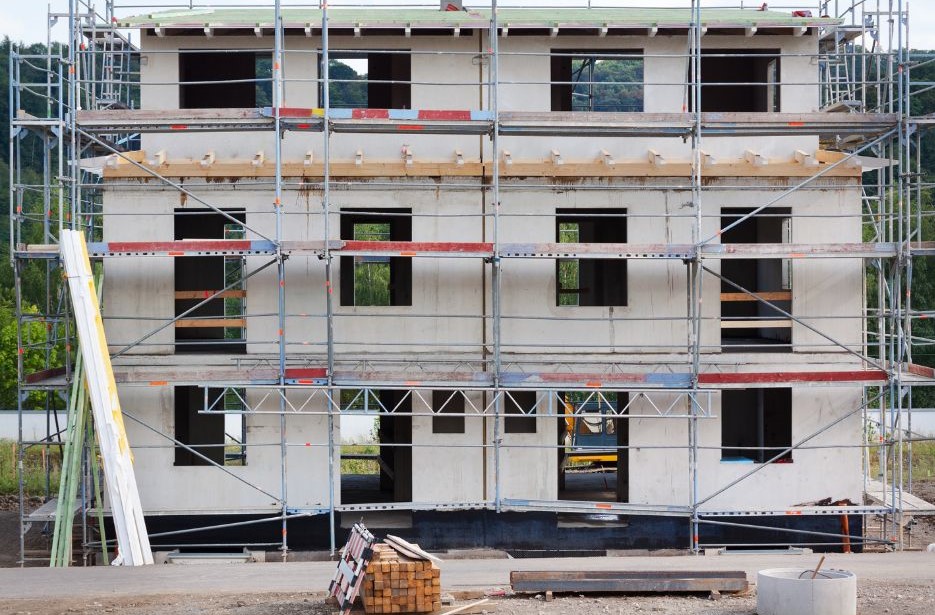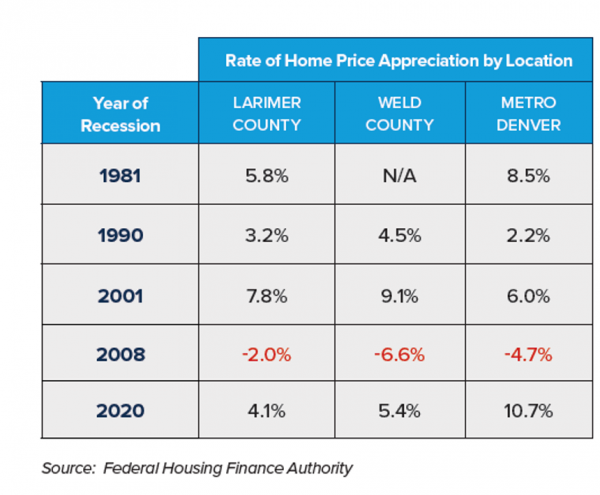Most Multi
There are more multi-family residential properties under construction than at any time since 1974.
890,000 properties with 2+ units are currently being built across the United States. This includes both for-sale product, and for-rent product.
Additional supply is clearly beneficial for both buyers and renters and will hopefully relieve some of the housing affordability issues.
So, why are there so many multi-family units under construction? There seem to be three key reasons.
1. The rental market is especially undersupplied with product and developers see this opportunity.
2. With the increase in residential prices, multi-family becomes the only option for many first-time buyers.
3. Supply chain constraints are causing extended construction timelines.
The post Most Multi appeared first on Fort Collins Real Estate | Fort Collins Homes for Sale & Property Search.





